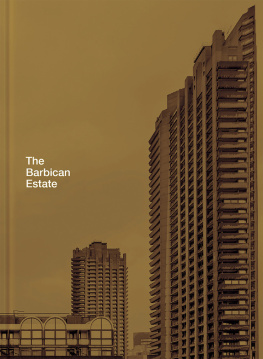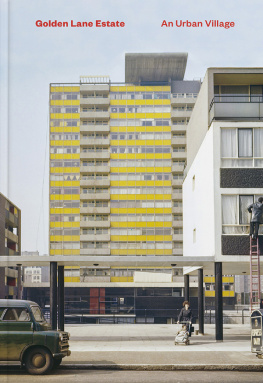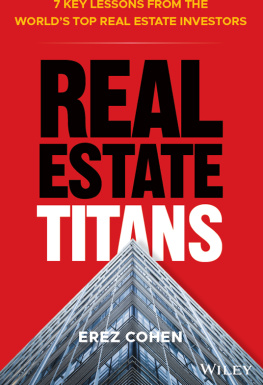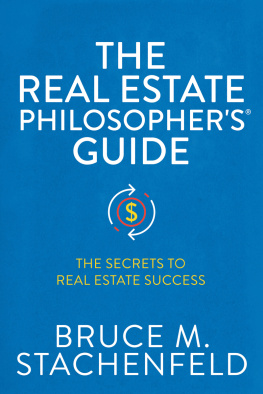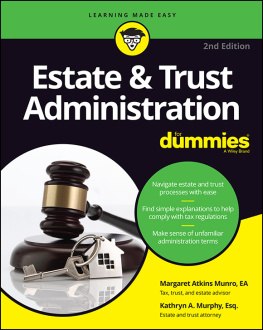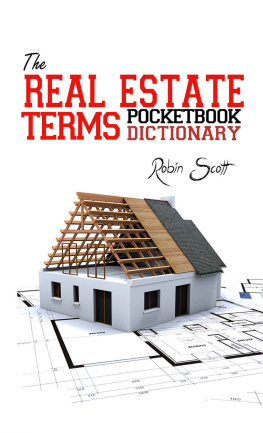Stefi Orazi - The Barbican Estate
Here you can read online Stefi Orazi - The Barbican Estate full text of the book (entire story) in english for free. Download pdf and epub, get meaning, cover and reviews about this ebook. year: 2018, publisher: Batsford Ltd, genre: Home and family. Description of the work, (preface) as well as reviews are available. Best literature library LitArk.com created for fans of good reading and offers a wide selection of genres:
Romance novel
Science fiction
Adventure
Detective
Science
History
Home and family
Prose
Art
Politics
Computer
Non-fiction
Religion
Business
Children
Humor
Choose a favorite category and find really read worthwhile books. Enjoy immersion in the world of imagination, feel the emotions of the characters or learn something new for yourself, make an fascinating discovery.
- Book:The Barbican Estate
- Author:
- Publisher:Batsford Ltd
- Genre:
- Year:2018
- Rating:4 / 5
- Favourites:Add to favourites
- Your mark:
The Barbican Estate: summary, description and annotation
We offer to read an annotation, description, summary or preface (depends on what the author of the book "The Barbican Estate" wrote himself). If you haven't found the necessary information about the book — write in the comments, we will try to find it.
A celebration marking the 50th anniversary of an iconic example of brutalist architecture.
2019 marks the 50th anniversary of the first residents moving into the Barbican Estate in London. This new book is a celebration of this unique complex - looking at the design of the individual flats as well as its status as a brutalist icon. Author and designer Stefi Orazi interviews residents past and present, giving an insight into how life on the estate has changed over the decades.
The complex, designed by Chamberlin, Powell and Bon, is now Grade II listed, and is one of the worlds most well-known examples of brutalist architecture. Its three towers - Cromwell, Shakespeare and Lauderdale - are among Londons tallest residential spaces and the estate is an iconic landmark of the city. This is a beautifully illustrated, comprehensive guide to the estate, with newly commissioned photography by Christoffer Rudquist. It will show in detail each of the 100 different flat types, including newly drawn drawings of the flats as well as original plans and maps.
Includes fascinating texts by leading architects and design critics, including John Allan of Avanti Architects on the unique building materials and fittings of the flats, and Charles Holland of Charles Holland Architects (and FAT co-founder) on the home and how these concrete towers have become such an integral part of Britains domestic and architectural history.
Stefi Orazi: author's other books
Who wrote The Barbican Estate? Find out the surname, the name of the author of the book and a list of all author's works by series.

